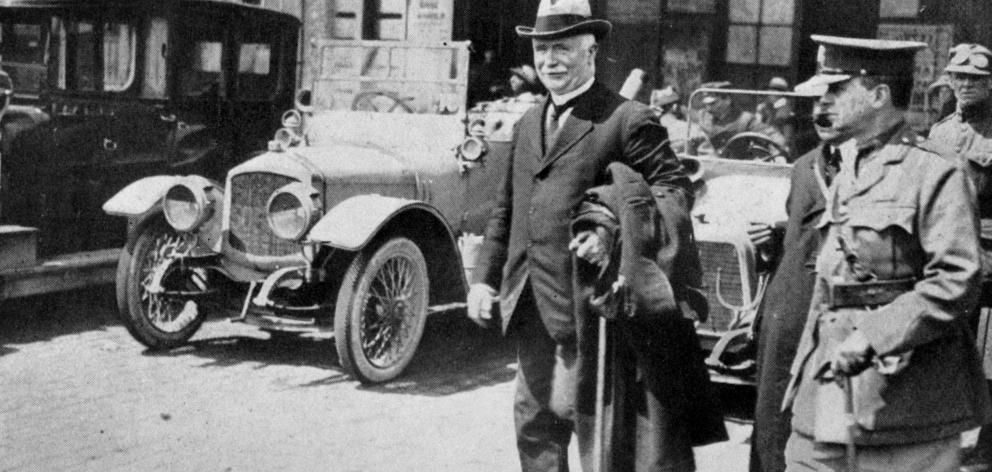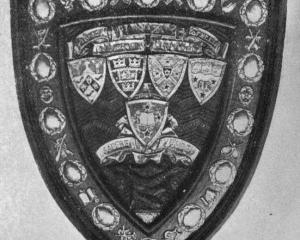
A recent conference of railway engineers made an aggregate of 2000 tests of 126 different devices submitted by investors, but without success.
There are in Australia 12,252 miles of 3ft 6in gauge, 7121 miles of 4ft 8 in, and 6356 miles of 5ft 3in. The engineers laid it down that, in order that an effective and complete interchange between all the States might be possible, any device or appliance should be applicable to all classes of rolling stock, including locomotives, and should be interchangeable between all States.
The third rail system was exhaustively considered. But the engineers sought a system whereby a truck from Queensland could run to Perth, together with a truck from New South Wales and from Victoria. As the gauges of all the States are different, something more than a third rail would be necessary. Victoria, for instance, would have to add a third rail for New South Wales trucks, and a fourth for Queensland traffic, and then a train of trucks of mixed gauges would not be practicable.
The gauge of 4ft 8in has been accepted as the standard.
Tahuna cadet camp
A military camp of instruction for secondary schools has been held at Tahuna Park during the past 10 days, in which time very satisfactory training has been carried out. A the conclusion of the camp the Director of Military Training for the dominion (Lieutenant-colonel J. L. Sleeman, I.G.S.) expressed his satisfaction at the degree of efficiency attained, and his hope that the knowledge they had gained would be assimilated by the officers, non-commissioned officers, and other members of their units. He much regretted that although there were eight secondary schools represented in the camp not a single officer had found it necessary to be present. Such courses were equally beneficial to officers and non-commissioned officers, and in other districts many officers had recognised this, with variable results.
Civilising islanders
Among certain tribes of the New Hebrides civilising influences have been resisted for many years, and cannibalism is still practised. According to Pastor A. G. Stewart, a Seventh Day Adventist missionary who has spent more than 10 years in the islands, over 50 per cent. of the native population, of approximately 65,000, have adopted the Christian faith (says the Melbourne Age). The inhabitants of Malekula Island, who belong to the Big Nambus tribe, have occasioned the condominium Government considerable concern by reason of their ferocity and cannibalism. Missionary work, however, he claims, has wrought a transformation, and the big chief has laid a ban upon aggressive warfare, at the same time favourably commending the work of the mission to neighbouring chiefs. A number of people, however, still live in abject heathenism, wage tribal wars, and practise cannibalism, and in some native houses trophies of war, such as bones and skulls of the slain, are regarded as desirable adornments. — ODT, 16.9.1918.
• COPIES OF PICTURE AVAILABLE FROM ODT FRONT OFFICE, LOWER STUART ST, OR WWW.OTAGOIMAGES.CO.NZ












